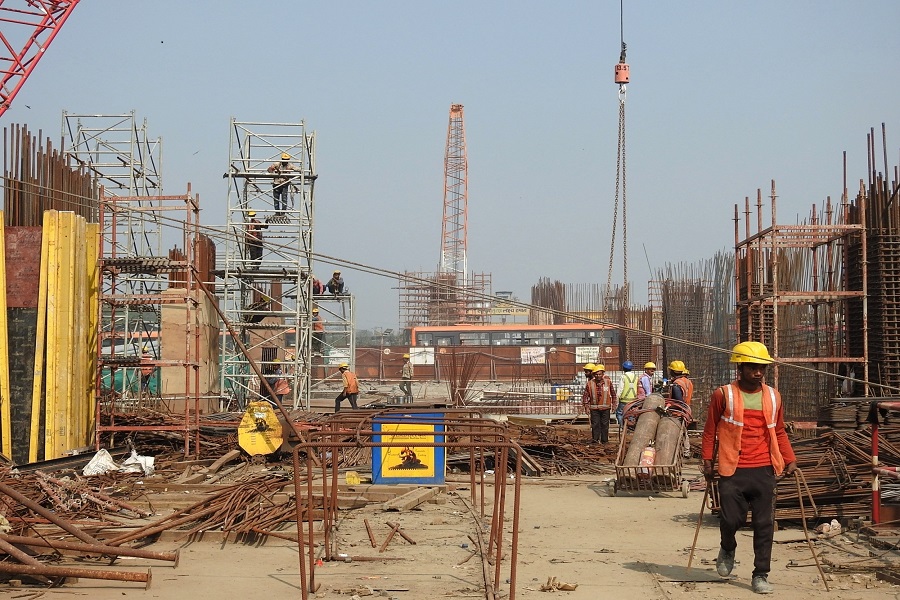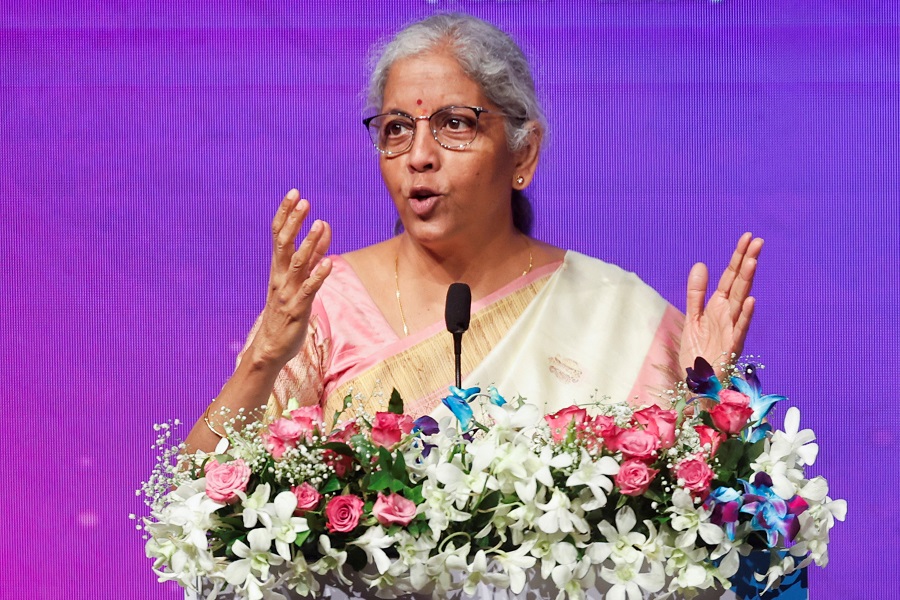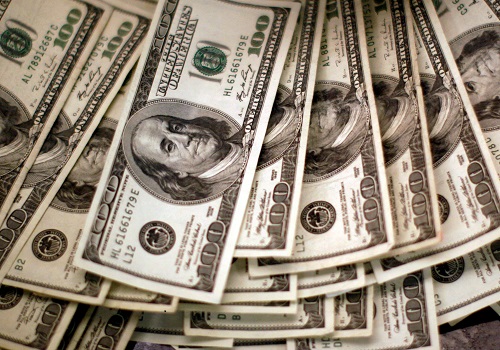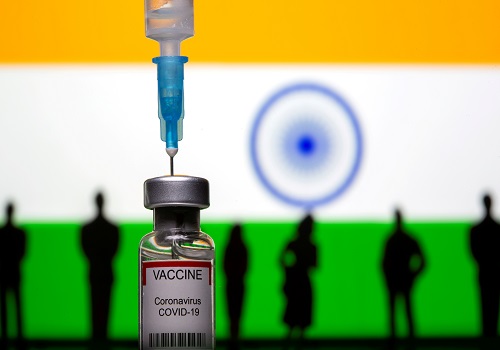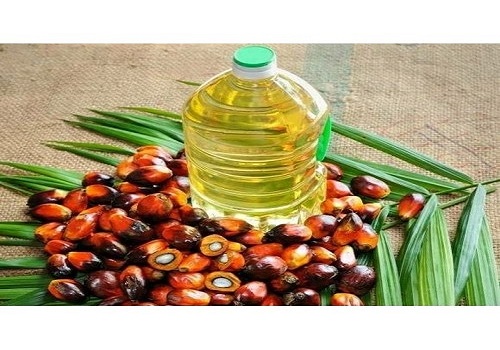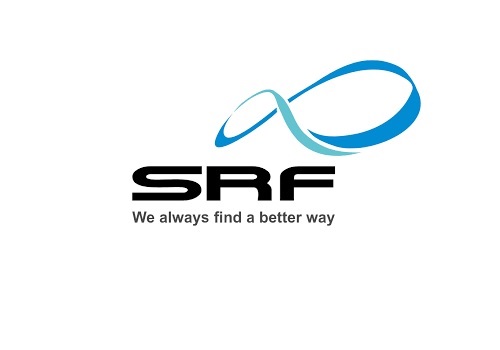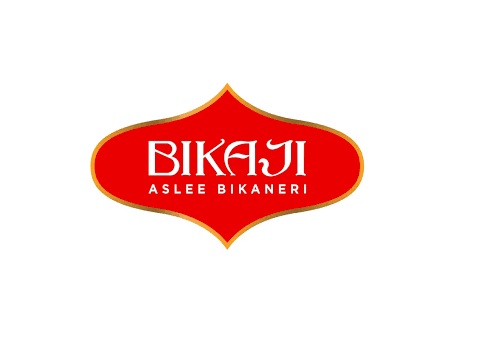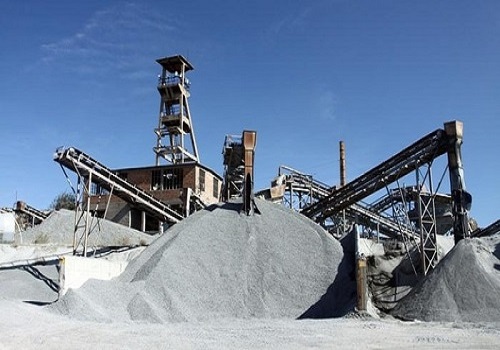Oil and Gas Sector Update - Supply side concerns and OPEC+ output cuts to support oil price By JM Financial Institutional Securities
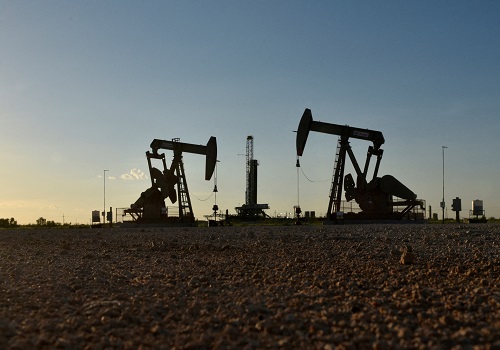
Follow us Now on Telegram ! Get daily 10 - 12 important updates on Business, Finance and Investment. Join our Telegram Channel
Supply side concerns and OPEC+ output cuts to support oil price
Brent crude price had declined by +10% to ~USD 75/bbl last week (though it has recovered to ~USD 82/bbl now) on demand concerns due to macro-headwinds and limited impact of the Russian oil price cap so far. However, IEA has marginally raised its CY23 global oil demand growth estimate to 1.7mmbpd (at 101.6mmbpd) driven by strong gasoil demand due to gas-to-oil switching (given global gas prices are trading at ~2x of equivalent global oil prices) partly offsetting weak oil demand from European and Asian petchem sector. Further, though there has been limited impact so far from the G7-imposed price cap of USD 60/bbl on Russian oil, there still exists significant supply side concerns as EU’s embargo on import of Russian seaborne crude came into effect from 5th Dec’22 and embargo on import of Russian oil products is effective from 5th Feb’23 – this could impact Russia’s oil output by 1.8mmbpd vs. pre-Ukraine levels. Also, the decision by OPEC+ on Oct’22 to cut output from Nov’22 is likely to put a floor to crude price amidst macro uncertainties given a) OPEC+ has proved its ability to act cohesively by cutting output by an unprecedented ~10mmbpd in CY20 to offset the Covid-led collapse in oil demand, and b) muted growth outlook for US shale oil due to lack of investment despite sustained high oil prices. Hence, despite macro uncertainties, we believe oil price may continue to be supported by lingering supply side concerns and OPEC+ strong pricing power amidst low inventory.
We maintain BUY on ONGC (TP INR 205) and Oil India (TP INR 250) given strong dividend play (of 7-8%) and also because CMP is discounting only ~USD 50/bbl net crude realisation, while various changes in windfall tax suggest the government is fine with ONGC/Oil India making net crude realisation of ~USD 75/bbl. However, optimism on OMCs will be contingent on crude sustaining below ~USD 80/bbl. Though OMCs’ blended auto-fuel gross marketing margin (GMM) has improved to negative ~INR 0.4/ltr on spot crude/product crack vs. negative INR 9-10/ltr in 1HFY23, it is still significantly below historical GMM of positive INR 3.5/ltr. OMCs’ FY23 earnings are contingent on crude price (as it will drive rise/fall in FY23 under-recoveries) and quantum of government compensation for auto-fuel underrecoveries.
* IEA raises global oil demand estimate by ~0.1mmbpd on gas to oil switching: Brent crude price had declined by +10% to ~USD 75/bbl last week (though it has since recovered to ~USD 82/bbl) on demand concerns due to macro-headwinds and on limited impact of the Russian oil price cap so far. However, IEA in its Dec’22 Oil Market Report, has raised its global oil demand growth estimate by ~0.1mmbpd for CY22 to 2.3mmbpd (at 99.9mmbpd) and by another 0.1mmbpd for CY23 to 1.7mmbpd (at 101.6mmbpd) - Exhibit 1-2. This is driven by strong gasoil demand due to gas-to-oil switching (given global gas prices are trading at ~2x of equivalent global oil prices) partly offsetting weak oil demand from European and Asian petchem sector. IEA expects European gas-to-oil switching of 0.55mmbpd (up 0.08mmbpd vs. last month’s estimate) in 4QCY22 and 1QCY23. Though China’s oil demand is expected to decline by 0.4mmbpd in CY22 (to 15.4mmbpd), IEA expects China’s oil demand to grow by ~1mmbpd in CY23 given gradual relaxation of Covid restrictions.
* OECD industry oil inventory rises by 17mmbbl MoM in Oct’22; but offset by decline in OECD strategic oil inventory: By end-Oct’22, OECD’s industry oil inventory rose by 17mmbbl MoM to ~2,765mmbbl, but it is still ~150mmbbl below the 5-year average. (Exhibit 3). However, OECD strategic oil inventory fell by 20mmbbl MoM in Oct’22. ? OPEC+ output declines by only 0.5mmbpd in Nov’22 vs. expected effective cut of 1.1- 1.2mmbpd; OPEC+ Nov’22 output is still 1.72mmbpd below its target: In Nov’22, OPEC output declined 770kbpd MoM to 29.02mmbpd led by decline in output of Saudi Arabia (down 420kbpd MoM at 10.48mmbpd in line with the cut in its output quota), UAE (down 170kbpd to 3.29mmbpd), and Iraq (down 150kbpd MoM to 4.45mmbpd); this was partly offset by rise in output of Nigeria (up 120kbpd to 1.13mmbpd) and Angola (up 40kbpd to 1.09mmbpd). However, OPEC+ output declined by only 500kbpd to 44.4mmbpd, significantly below its Oct’22 decision to cut output by 2mmbpd (though effective cut was expected at 1.1-1.2mmbpd) from Nov’22. OPEC+ Nov’22 output was still 1.72mmbpd below its target (Exhibit 4-5). Hence, global oil supply declined by 190kbpd MoM to 101.7mmbpd. IEA raised CY23 global oil supply by 100kbpd, now it expects supply to rise by 770kbpd YoY to 100.8mmbpd (after having risen by 4.7mmbpd in CY22). EIA expects US crude output to average 11.9mmbpd in CY22 and 12.3mmbpd in CY23 (up from 11.3mmbpd in CY21) — Exhibit 10-11.
* Limited impact so far from G7 imposed price cap of USD 60/bbl on Russian oil: G7 countries imposed a USD 60/bbl price cap on seaborne Russian oil with effect from 5th Dec’22; the price cap is to be set at a level that covers Russia’s marginal cost of production so that it is incentivised to continue exporting oil but at the same time not high enough to prevent Russia from using oil revenue to fund its war against Ukraine. There will be a 45-day transitional period that would apply to vessels carrying Russian crude that were loaded before 5th Dec’22 and will be unloaded at its final destination by 19th Jan’23. Russia reiterated its threat to cut oil production in retaliation against the G7 price cap on its oil exports. However, Russia is still selling its ESPO grade to buyers in Asia for more than USD60/bbl cap as ships/tankers being used for transport are not affiliated with price cap signatory countries. India will continue buying Russian oil and even look for term contracts as sanctions allow purchases provided that western services (insurance/finance/maritime) are not used, as per press reports quoting oil ministry sources. Saudi Arabia’s energy minister also said that the price cap on Russian oil has had no clear results yet.
* EU’s embargo on Russian seaborne oil imports may impact 1.8mmbpd of Russian oil output: Russia’s combined crude and oil product exports jumped 270kbpd MoM to 8.1mmmbpd in Nov’22 (of which ~5mmbpd is crude and ~3.1mmbpd is oil products), the highest since Apr’22, due to surge in diesel exports (to 1.1mmbpd, up 300kbpd MoM). Russia’s crude oil exports were largely unchanged at just over 5mmbpd despite exports to EU declining by 430kbpd MoM to 1.1mmbpd as it was offset by surge in exports to India to a record 1.3mmbpd. However, Russia’s oil export revenue dropped USD 0.7bn MoM to USD 15.8bn in Nov’22 on lower prices and wider discounts for Russian-origin products. EU still bought from Russia around 1.1mmbpd of crude (down 1.5mmbpd from pre-Ukraine invasion levels) in Nov’22. Hence, IEA expects Russia’s oil output might be down 1.8mmbpd by end-1QCY23 vs. pre-Ukraine-war level due to EU’s embargo on Russian seaborne crude imports from 5th Dec’22 and total embargo on Russian oil products effective from 5th Feb’23. This supply side uncertainty exists amidst limited OPEC+ spare capacity of ~3.5mmbpd, primarily with Saudi Arabia (1.7mmbpd) and UAE (0.8mmbpd).( Exhibit 5).
* ONGC/Oil India are key beneficiaries of high crude/gas prices; OMCs’ pain to continue unless crude stabilises below USD 80/bbl amidst limited clarity on government compensation: We maintain BUY on ONGC (TP INR 205) and Oil India (TP INR 250) given strong dividend play (of 7-8%) and also because CMP is discounting only ~USD 50/bbl net crude realisation (Exhibit 12-13), while our TP is based on USD 65/bbl net crude realisation and various changes in windfall tax suggesting the government is fine with ONGC/Oil India making net crude realisation of ~USD 75/bbl. ONGC and Oil India will also benefit from the high domestic gas price. However, optimism on OMCs will be contingent on crude sustaining below ~USD 80/bbl. Though OMCs’ blended auto-fuel gross marketing margin (GMM) has improved to negative ~INR 0.4/ltr on spot crude/product crack vs. negative INR 9-10/ltr in 1HFY23 (Exhibit 14) it is still significantly below historical GMM of positive INR 3.5/ltr. OMCs incurred auto-fuel under-recoveries of INR 600-650bn in 1HFY23 (or INR 9-10/ltr, Exhibit 17); hence, they reported net loss of INR 212bn in 1HFY23, resulting in debt rising by INR 695bn in 1HFY23 (before adjusting for INR 220bn LPG compensation). OMCs’ FY23 earnings are contingent on crude price (as it will drive rise/fall in FY23 under-recoveries) and quantum of government compensation for auto-fuel under-recoveries.
To Read Complete Report & Disclaimer Click Here
Please refer disclaimer at https://www.jmfl.com/disclaimer
SEBI Registration Number is INM000010361
Above views are of the author and not of the website kindly read disclaimer
